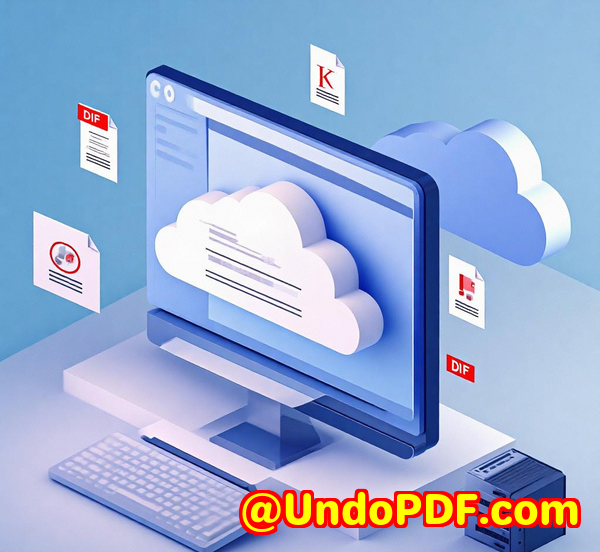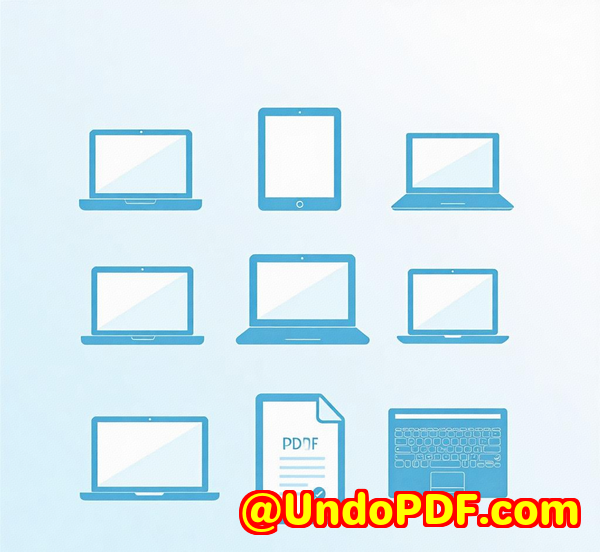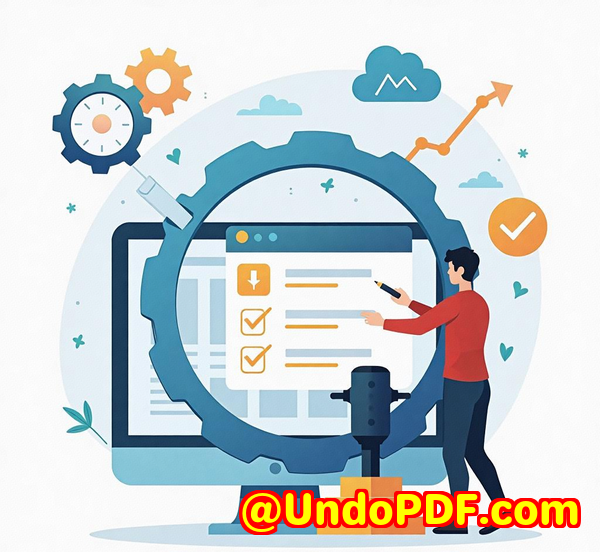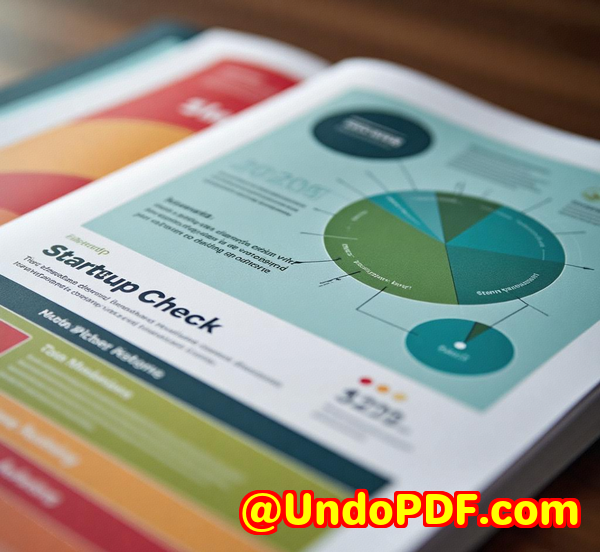How VeryPDF SPL to PDF SDK Handles Large-Scale Document Conversion Efficiently with Multithreading Support
How VeryPDF SPL to PDF SDK Handles Large-Scale Document Conversion Efficiently with Multithreading Support
Every day, businesses face the challenge of managing vast amounts of data, especially when it comes to converting print spool files (SPL files) to more accessible formats like PDF. Whether it’s invoices, contracts, or shipping labels, converting these files efficiently can be a real headache. I’ve been there, scrambling to convert hundreds of print spool files quickly, without compromising on quality. That’s when I discovered VeryPDF SPL to PDF Converter Command Line SDK a tool that completely revolutionised the way I approached document conversion.
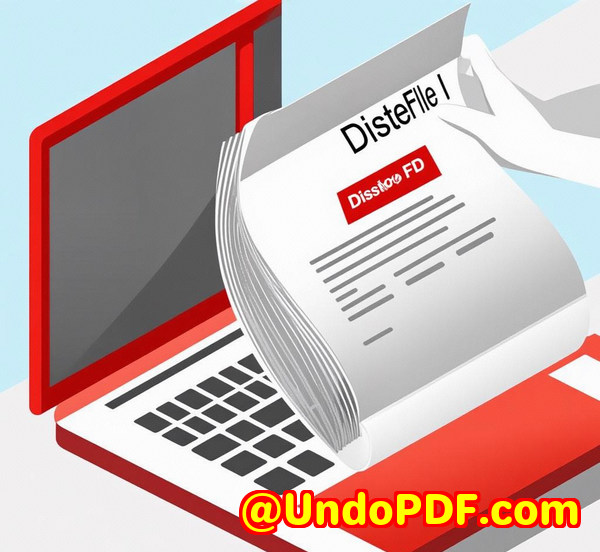
If you’re in the business of managing and converting large volumes of SPL files, this tool might just be your new best friend. Let’s break down why.
A Tool That Understands the Pain of Bulk Document Conversion
For anyone working with print spools, you know the struggle: long hours spent trying to convert SPL, XPS, or Postscript files to PDF, often relying on multiple tools that barely work together. What I found refreshing about the VeryPDF SPL to PDF Converter is its simplicity and speed, coupled with advanced features that make bulk document conversion a breeze.
So what exactly makes this tool stand out?
Feature Overview: Efficiency at Its Core
At the heart of the VeryPDF SPL to PDF Converter Command Line SDK, you’ll find a suite of features designed to streamline the process of converting spooled files to PDF and other formats. Some of the standout features include:
-
Multithreaded Conversion: This feature is a game-changer for anyone processing large volumes of documents. Instead of converting files one by one, the SDK utilises multithreading to convert multiple SPL files simultaneously. This dramatically speeds up the process, especially for server-based applications. No more waiting hours for a single batch to finish!
-
Support for Various Input and Output Formats: This tool doesn’t just stop at PDFs. It can handle a range of formats like XPS, PCL, Postscript, BMP, JPEG, PNG, TIFF, and many more. Whether you’re converting print jobs from various label printers or working with traditional office documents, this tool has you covered.
-
Comprehensive Encryption and Security: If you’re dealing with sensitive data, security is a top priority. The tool allows for encryption (both 40-bit and 128-bit RC4), and you can set restrictions to prevent unauthorized users from editing, printing, or copying your PDFs. The level of control you get over PDF security is unmatched.
-
Easy Integration: One of the biggest challenges with new software is getting it to fit seamlessly into your existing workflow. Thankfully, integrating the VeryPDF SPL to PDF Converter SDK into your application is straightforward. Whether you’re using C#, VB, Java, or Python, the SDK supports multiple programming languages, making it adaptable to your specific needs.
-
Document Merging: Whether you’re working with invoices, contracts, or a series of reports, you can merge multiple SPL files into one PDF document, making document management a lot easier.
Target Audience: Who Benefits the Most?
This tool is designed with developers in mind. It’s ideal for anyone needing to automate the conversion of print spool files to PDF and other formats. However, it’s not just for developers. Here’s who else could benefit:
-
IT Administrators: In large organisations, there are often huge volumes of print spool files to manage. The ability to convert these files quickly and securely is invaluable for IT teams.
-
Businesses in Logistics & Shipping: Companies dealing with shipping labels, invoices, and barcode data can take full advantage of the VeryPDF SPL to PDF Converter. It supports a variety of formats, including TSC POS Label Printer SPL, making it perfect for logistics operations.
-
Legal Teams: Legal teams often work with large volumes of scanned or printed contracts. With the tool’s ability to convert print spools to PDFs and integrate seamlessly into custom workflows, legal professionals can save a significant amount of time.
-
Software Developers: Developers who need to integrate document conversion functionality into their applications will find the SDK and command line tool incredibly useful. It’s easy to implement, saving time compared to developing a conversion solution from scratch.
Real-World Use Cases: How This Tool Can Transform Your Workflow
Let me give you a few examples of how this product can make a tangible impact on different workflows:
-
Invoice Processing: Let’s say you’re in an accounts department, and you’re receiving invoices in SPL format from a network of printers. Converting each invoice manually into a usable format (like PDF or TIFF) can take hours. With VeryPDF SPL to PDF Converter, you can automatically convert hundreds of invoices in bulk, saving you time, reducing errors, and ensuring all documents are in the right format for archiving or sharing with clients.
-
Legal Document Management: If you’re working with legal documents like contracts, where accuracy is paramount, converting documents from print spools to PDFs ensures that the final version maintains all its metadata and is securely encrypted. You can even combine multiple legal documents into a single, encrypted PDF for easy storage or sharing.
-
Shipping & Inventory: In the logistics world, shipping labels are often printed in a custom format like TSC POS Label Printer SPL. Converting these labels into standard formats like PDF, PNG, or TIFF is key for streamlined operations. This tool lets you easily handle this, converting labels in bulk without a hitch.
Core Advantages: What Sets This Tool Apart?
There’s no shortage of document conversion tools out there, but the VeryPDF SPL to PDF Converter Command Line SDK has some clear advantages:
-
Speed: The multithreading support is hands down one of the best features. Converting multiple files simultaneously means you can get more done in less time.
-
Customisation: Unlike many out-of-the-box solutions, this SDK allows you to fully control how the PDFs are generated. Whether it’s adjusting page layout, embedding fonts, or optimising the output file size, you have total flexibility.
-
Reliability: When dealing with large volumes of data, reliability is critical. This tool has been built to handle high-demand, server-based applications, so you can count on it to run smoothly, even under pressure.
-
Support for Multiple Platforms: Whether you’re working on Windows or integrating with a cross-platform application, this tool supports both 32-bit and 64-bit versions of Windows, making it compatible with a broad range of systems.
-
Comprehensive Output Options: You can output your converted files in a variety of formats. This means you’re not tied to just PDFs you can convert to images, postscript, or even merge multiple formats into one.
How to Get Started with VeryPDF SPL to PDF Converter
I get it the idea of implementing a new tool might sound like a lot of work. But the truth is, getting started with the VeryPDF SPL to PDF Converter Command Line SDK is incredibly easy. You can integrate it into your applications with just a few lines of code. The SDK supports multiple programming languages, so whether you’re a Python guru or a C# developer, you’ll find it easy to start using.
Plus, there’s a free trial available, so you can test it out and see how it fits into your workflow before committing.
Conclusion: A Must-Have Tool for Document Conversion
If you regularly work with print spool files and need a fast, reliable, and secure way to convert them into readable formats, I’d highly recommend the VeryPDF SPL to PDF Converter Command Line SDK. The multithreaded support, flexibility in output options, and easy integration make it the perfect solution for handling large-scale document conversion. Whether you’re in legal, logistics, or IT, this tool is worth adding to your arsenal.
Start your free trial now and experience how VeryPDF SPL to PDF Converter can revolutionise your workflow. Click here to try it out for yourself.
FAQ
-
What file formats does the VeryPDF SPL to PDF Converter support?
The converter supports SPL, EMF-SPL, XPS, PCL, PXL (PCL-XL), EPS, PRN, Postscript, PDF, and TSC POS Label Printer SPL formats.
-
Can I convert multiple SPL files at once?
Yes, the tool offers multithreaded support, allowing you to convert multiple files simultaneously, making bulk conversion much faster.
-
How can I encrypt the converted PDFs?
You can apply 40-bit or 128-bit RC4 encryption and set various restrictions (e.g., prevent editing, copying, or printing).
-
Is this tool compatible with all versions of Windows?
Yes, it supports both 32-bit and 64-bit versions of Windows, including Windows 2000, XP, Vista, 7, 8, and 10, as well as Windows Server editions.
-
Can I combine multiple SPL files into a single PDF?
Absolutely! The SDK allows you to merge multiple SPL and PDF files into one PDF document.
Tags or Keywords
-
SPL to PDF Conversion
-
Multithreading Support for Document Conversion
-
Bulk Document Conversion
-
SPL File Conversion SDK
-
Command Line Document Converter
